Jakarta, MINA — No precise figure is available on the number of people, who had attended the 212 of Alumni Reunion held at National Monument (Monas) Square in Jakarta on December 2, 2018.
The number of reunion participants reached 100 thousand, while Jakarta Governor Anies Baswedan noted that the number exceeded the visitors for the 2018 New Year celebration, Antara News reported, citing Police spokesman Argo Yuwono
Also Read: Taiwan Seizes One Ton of Indonesian Snack Over Excessive Preservatives
Chairperson of the Media Center of the 212 of Alumni Reunion (Mujahid) Novel Bamukmin estimated that some three million people from different groups and backgrounds participated in the reunion, which was an event to build momentum to forge togetherness and national unity in peace.
Meanwhile, Chairperson of the 212 Reunion Event Committee Bernard Abdul Jabbar remarked that more than eight million people thronged Monas Square and the nearby areas.
This was apparent from the crowd density outside Monas Square, including in Gunung Sahari, Cempaka Putih, and the Hotel Indonesia areas.
The 212 Reunion participants also thronged some areas in Menteng, Thamrin, and Sarinah, as well as Senen, which is some four kilometers from Monas.
Also Read: Indonesia to Host 2025 Santri Film Festival Celebrating Islamic and Cultural Creativity
A woman from Serpong, Banten, recalled not being able to move beyond Tanah Abang Station, some four kilometers from Monas Square, on arriving at about 7 a.m. local time on December 2, 2108.
With large numbers of people gathering at the same time in a relatively limited area, it could be expected that some individuals might have initially sensed anxiety over the 212 Reunion potentially triggering riots or violent acts.
However, the fears were quickly allayed, as those in attendance saw that the gathering was safe and orderly.
Crowd management
Also Read: Jakarta Considers Adjusting Transjakarta Bus Fares amid Rising Subsidy Burden
It is no easy task to gather huge numbers of people at an event while ensuring that it is free from friction that has the potential to trigger violence.
Event organizers, who sponsor music concerts from world-famous singers or music groups that attract large numbers of participants, apply crowd management techniques as a precautionary measure against worst-case scenarios.
Crowd management is built upon a system that involves several parties and intensive communication between the organizers and security forces, as well as the performers and visitors at the event.
In addition, organizers should have in place a highly competent crowd management team. The number of personnel should be proportional to the number of people needed to be managed.
Also Read: Hamas Reaffirms Commitment to Returning Bodies of Israeli Soldiers
Team members should also be equipped with supporting devices and technology for communication.
However, the number of members of the crowd management team must be limited. This is because the entire area where the event is taking place should constantly be monitored and surveillance cameras should be installed at some crowded spots that are deemed important to track every incident that needs special handling within a brief period of time.
The Government of Saudi Arabia, as the organizer of the Hajj pilgrimage, which was attended by some three million people from across the world, applied crowd management procedures involving several security and health personnel.
The Grand Mosque in Mecca has a special control room, a place where security personnel oversee the movement of masses through monitoring screens that capture images from more than six thousand surveillance cameras.
Also Read: Jakarta Experiences Light Rain, Signaling the Start of the Rainy Season in Late October
The surveillance system is also connected to ministries and government agencies to ensure that three million Muslims can fulfill all Hajj rituals safely and comfortably.
The organizer of the 212 Reunion certainly does not have such sophisticated resources to support crowd management. However, the reunion, which also attracted participants from all regions in the country, was held in a safe, peaceful, and orderly manner, starting from the arrival of participants from outside Jakarta on the day before the event, until the 212 Reunion ended on Sunday noon.
Emrus Sihombing, a political observer from Pelita Harapan University, stated that planning and implementation of the 212 Reunion can serve as a role model or be a reference on gathering and managing people in an open place.
“Such as in the form of reunions like this, political gatherings, concerts, year-end celebrations, and rallies, which involve large numbers of people,” Sihombing remarked.
Also Read: Indonesia Trains Certified Non-Judge Mediators to Curb Rising Divorce Rates
Anxiety over the possibility of chaos at the 212 Reunion had arisen owing to an assumption that the event could become a political tool for one of the presidential candidates present at the event.
Building national togetherness
In addition, while the 212 Reunion was taking place, no political attributes or party flags or images of presidential candidates or political figures were on display.
Participants at the 212 Reunion were reminded by the organizer to only wave the national flag or flags in various sizes and colors bearing the Tauhid words “Laa ilaha illallah,” or there is no God but Allah, and Muhammad is the messenger of Allah.
Also Read: Indonesia Boosts Islamic Vocational Schools through Stronger Industry Partnerships
Chairperson of the Media Center of the 212 Reunion Novel Bamukmin affirmed that the event was aimed at building national togetherness so was open to all, including non-Muslims.
The event was also intended to strengthen the national commitment to maintain a peaceful 2019 Presidential Election campaign period. The reunion, which began with the Fajr prayer in congregation, did not feature political speeches either.
Presidential candidate number 02 Prabowo Subianto, who was given the opportunity to speak on stage, only expressed gratitude on being invited to the 212 Reunion and refused to campaign.
Despite the 212 Reunion starting early in the morning and lasting until noon, the participants maintained order in following all programs, including while getting food and beverages provided by the organizers, queuing up at toilets, and receiving water for purification before praying.
Also Read: Thousands in Jakarta Urge Indonesia to Take Firm Stand Against Israel, US
The organizer was also concerned about maintaining cleanliness in the event area. Several personnel with plastic bags were assigned to collect garbage and also pick up scattered ones.
The reunion participants also reminded each other to not step on the grass or damage plants.
The 212 Reunion is undoubtedly a shining example of the best practices of crowd management.
This success is inseparable from the strength of upholding the spirit of togetherness and the compliance of the participants with the rules imposed by the organizer, which had been well-circulated long before the reunion was held.
Also Read: Al Fatah Wonogiri Islamic Boarding School Students Join Disaster-Safe Education Unit Training
It has also been suggested that the 212 Reunion organizer should develop crowd management protocols, so their ideas and practices could serve as a reference for other event organizers. (T/rs5/rs1)
Also Read: Heavy Rain Floods Two Neighborhood Units in Jakarta’s Pesanggrahan District





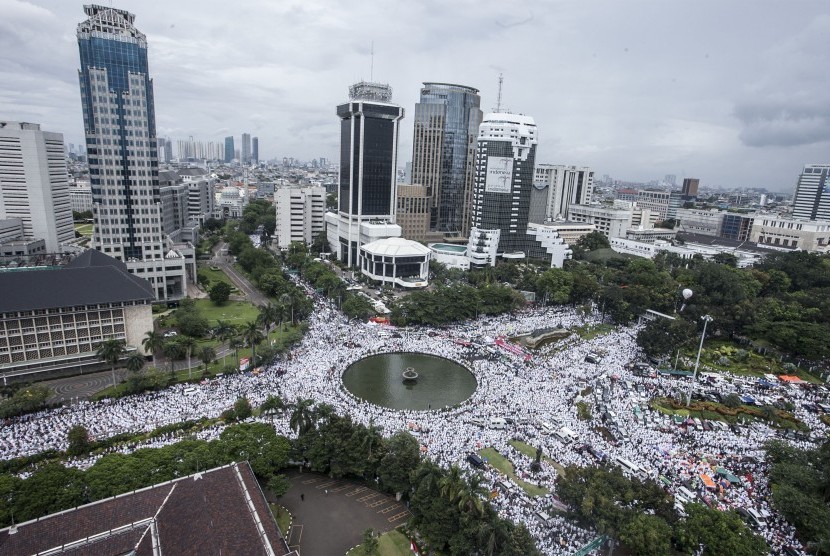










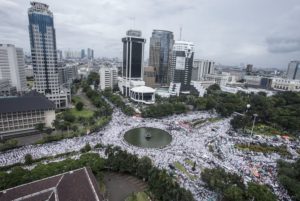
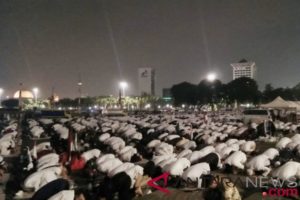






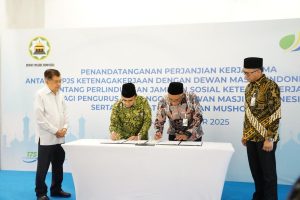
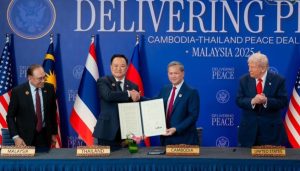






 Mina Indonesia
Mina Indonesia Mina Arabic
Mina Arabic